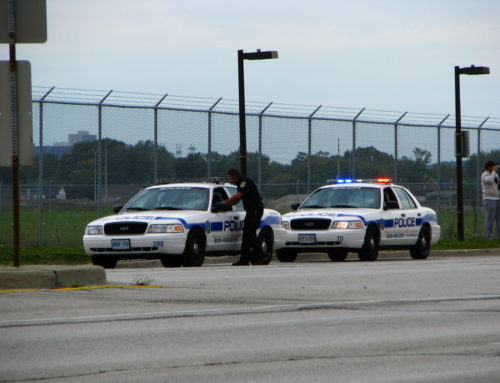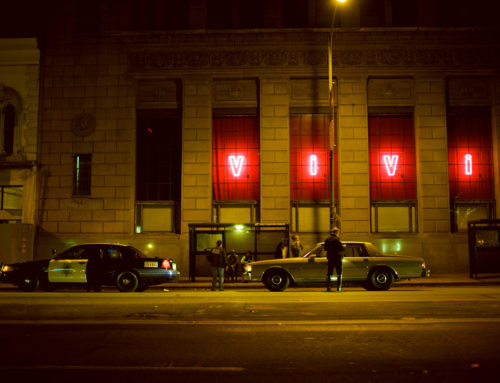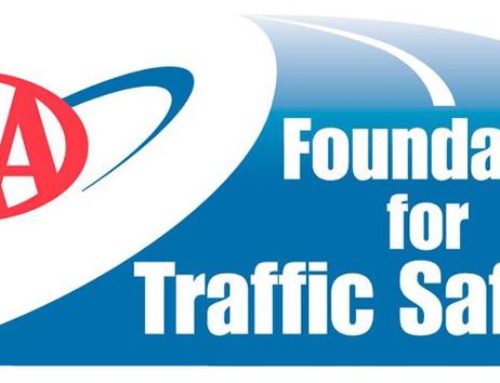States are responding in drastically different ways to the National Transportation Safety Board’s recommendations that states reduce the threshold blood alcohol level for per se DWI charges from 0.08% to 0.05%. The NTSB made these recommendations earlier in May.
In California, CBS8.Com reports, the California Highway Patrol, in conjunction with News 8, conducted drunk driving tests on a closed track to simulate the level of impairment a driver may experience at various blood alcohol levels. The tests were conducted using “fatal vision goggles,” which are a modern alternative to earlier tests in which subjects would actually get drunk. The California Highway Patrol test actually simulated a higher BAC than the NTSB’s recommended 0.05%, at 0.07%. The report noted that the test simulated a BAC very close to the recommendation, which would be reached after a 170 pound man consumed three beers, or a 120 pound woman consumed two beers. Of course, the BAC level would vary depending on other factors, such as weight, metabolism and body fat percentage.
Test drivers appeared to be surprised at how impaired they really were at just below the legal BAC level. Drivers failed sobriety tests and had difficulty parallel parking. One driver even ran into a cone on a slalom course. The report noted that the federal government is contemplating offering states incentives to adopt the NTSB’s 0.05% BAC level standard.
Legislators in at least one state seem to believe that regardless of federal incentives to lower the BAC level, it won’t be adopted. The Journal Gazette reports that Indiana lawmakers don’t think that 0.05% is realistic in their state. State Senator Tom Wyss, who was responsible for changing his state’s DWI laws from a 0.10% drunk-driving limit to a 0.08%, expressed to reporters that he believed it would be “nearly impossible” to cut the legal limit down to 0.05% in Indiana. House Transportation Committee Chairman Ed Soliday also expressed that he believed that his fellow legislators would not appreciate the federal government trying to push for change in state DWI laws. He further stated that he would need to see more evidence that a lower BAC limit would be the best way to reduce drunk driving fatalities.
At least one member of the bar and restaurant industry in Indiana appeared to believe that the lower BAC limit would not change anything. The report notes that Terri Carl, an owner of an Indiana tavern, said that she believed that drunk driving is more about the decision of the driver to drink and drive, rather than the government’s limit on how much they can drink.
Whether the legal limit remains at 0.08%, or is cut to 0.05% is still to be determined. However, one fact remains: a drunk driving conviction can severely impact a person’s economic, social, and professional circumstances.
If you have been charged with violating DWI Syracuse laws, get in contact with an experienced New York DWI defense attorney immediately. Call the attorneys at Nave DWI Defense Attorneys today at 877-418-0075 for a confidential consultation.
The exclusive purpose of this article is educational and it is not intended as either legal advice or a general solution to any specific legal problem. Corporate offices for Nave DWI Defense Attorneys are located at 432 N. Franklin Street, Suite 80, Syracuse, NY 13204; Telephone No.: 1-866-792-7800. Prior results do not guarantee a similar outcome. Attorney Advertising.






